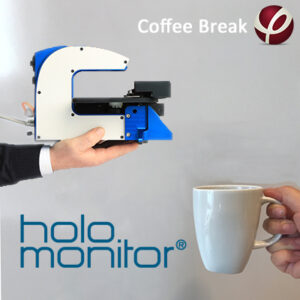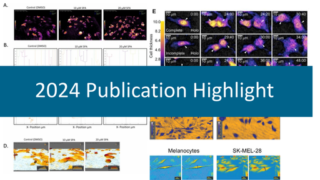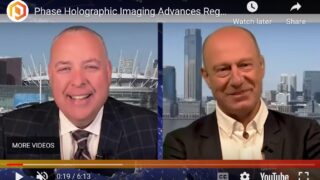The best coffee break ever!
Time flies, and suddenly it is September already. Our summer special event, “Coffee break with PHI, 30 minutes Q&A,” has come to an end with great success. We want to take this opportunity to thank all of you for attending the event and also for the inspiring discussion we had.

Don’t worry If you missed our coffee break event. We summarized the top 7 most asked questions for you. Moreover, if you would like to learn more about HoloMonitor® or book an online/onsite demo, please do not hesitate to contact us. We are always happy to talk to you about live cell imaging and how HoloMonitor can help your daily research.
Top questions from the event:
In short, HoloMonitor is using #digitalholography technology to collect publication-quality images of living cells. Hence, no markers, stains, or labels are needed at all.
HoloMonitor is a label-free live cell imaging system. As a result, you can run multiple live cell assays, ranging from cell culture quality control to long-term single-cell tracking. Moreover, you can get over 30 critical cell morphology parameters from a single sample both on cell population and single-cell level.
We support a broad range of vessels, including 6-, 24-, 96-well, Petri, IBIDI slides. To eliminate image disturbances caused by surface vibrations and condensation inside the cell culture vessel, we recommend using the PHI HoloLids™ together with recommended cell culture vessels to ensure optimal image quality.
Certainly, as HoloMnitor assesses the growth non-invasively and without assay-specific sample preparation, you can reuse your sample for further downstream experiments using any type of instrumentation.
Absolutely! HoloMonitor is built to operate 24/7 inside your standard incubator or hypoxia chamber. So you can monitor your cells live in their natural, undisturbed state. If you want, you can even fit 4 HoloMonitor systems into one incubator!
Of course not! The HoloMonitor App Suite software lets you plot relevant features to monitor how they change over time and as your cells divide. However, you can also export all raw data and pre-made graphs, movement plots, and cell trees to Microsoft Excel. Here, you can analyze and present the results in the way you want.
Certainly, you can reuse the recorded time-lapse image sequence to determine other cellular characteristics related to potency and cytotoxicity. For example, you can get cell morphology data from the previous dose-response assay without requiring additional experiments, saving your precious cells and time.
Plenty more to come
Enjoyed our live 30 minute Q&A coffee break so much? Follow us on social media and stay tuned for more exciting PHI events. At the same time, recharge your knowledge with our amazing webinar library about live cell imaging!



